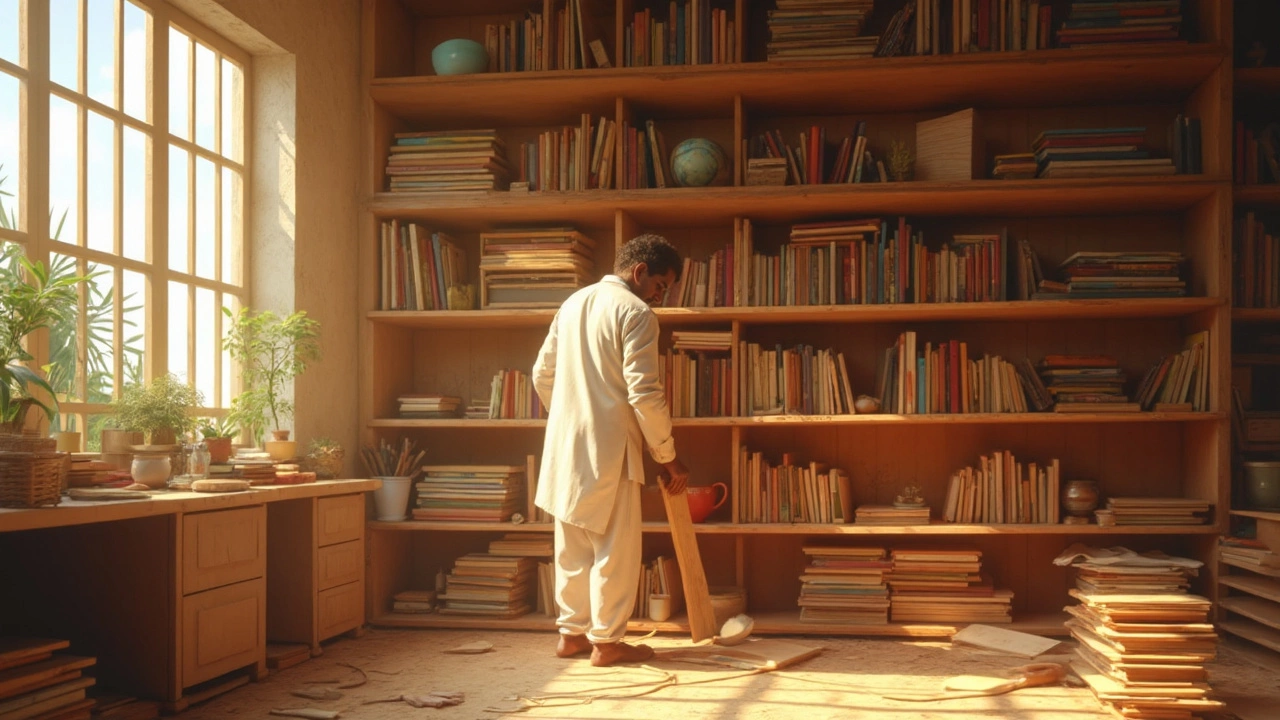
Strongest Wood for Shelving: What Holds Up Best?
Sturdy shelves can make or break your storage game. In this article, you'll find out which wood types truly deliver strength for shelving that lasts. From oak to plywood, we lay out the real differences and bust some common myths. You'll also get tips for picking, preparing, and maintaining strong shelves at home or in the garage. Say goodbye to sagging shelves and make smart choices for your next project.
View More